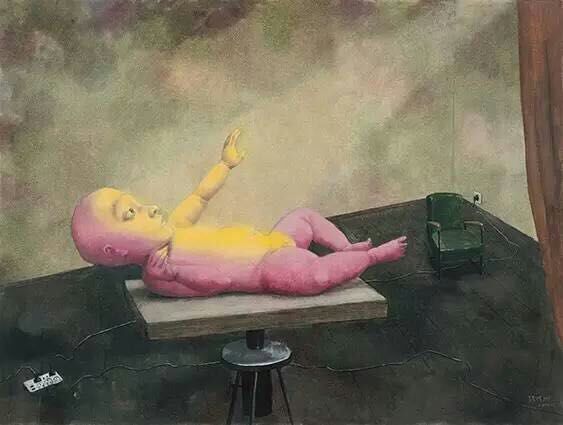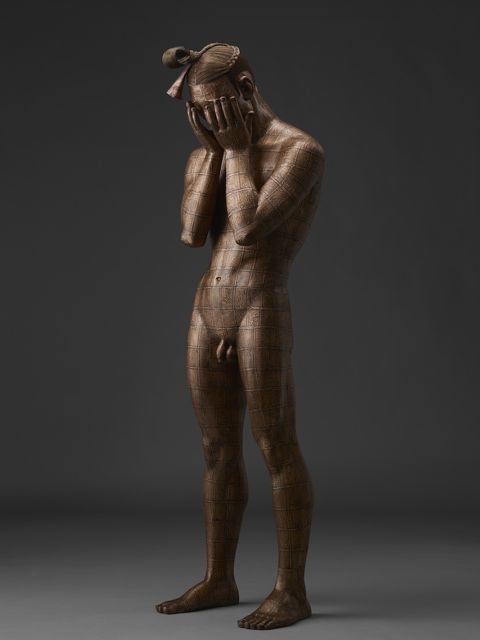Since the past decade, China has entered into the art game at top speed and isn’t looking to slow down anytime soon.
The prosperous elite, an ever expanding group of men and women, are now looking to spread their wealth into a more aesthetically appealing sector.

Just last year, art sales in the Greater China region totaled almost 75 billion RMB, or a little under a quarter of the global total spent on art. And according to analysts, the Middle Kingdom has just beat out the United States as holding the largest market for Old Masters in the world.
China’s fast and furious entrance into the global art collecting scene may be signaled by the Art Basel—a swanky art show first held in the Swiss cultural capitol Basel, then in Miami Beach, and in recent years, in Hong Kong.
Of the hundreds of galleries showing in the past few years, fifty percent hail from Asian countries, an unusually high figure in a landscape traditionally dominated by European artists. And while Art Basel Hong Kong was anchored by big name classics—Pablo Picasso, Jeff Koons, and Andy Warhol—many of the exhibits contained pieces from the studios of contemporary Chinese artists.
Compared with their global counterparts, these artists favor realistic and the most creative portrayals of people, animals, and landscape, drawing on themes of social change and urbanization all the while employing the precise technical skill drilled into them after years at Chinese art academies.

The new generation of contemporary Chinese artists are looking around them and processing the global influences that we are all subjected to everyday. Their voices are imperative for us to understand the new generation and identity of China. And some of these top artistic voices don’t come cheap either, such as established artist Zeng Fanzhi’s ‘The Last Supper’ broke the record for most expensive contemporary Asian art piece with a price tag of 145 million RMB. The oil painting, which placed a satirical spin on Da Vinci’s masterpiece, provided a social commentary on China’s move towards capitalism. Other hot property names include Zhang Xiaogang, Yue Minjun, Fang Lijun, Cai Zhisong, Luo Zhongli, Pan Dehai, Chen Wenbo, Luo Brothers, Li Shan… just to highlight a few. These blue-chip artists generally achieved tremendous results, with works selling nearly three, four times as much as the original estimate.
Economically speaking, before 2008, the generally agreed upon ‘start’ of China’s art boom, we were all living large in many, many ways. What do you buy after your car and your Birkins and your LVs? The next thing was going to be either wine or art—or art. Indeed, for young Chinese art collector Lin Han, owner of M Woods Museum in Beijing, spent almost 25 million RMB on art this past year, an expensive purchase “was my statement that I have come to the market,” giving him the attention he sought from galleries and artists. Mr. Lin’s Instagram account is filled pictures of him posing with celebrities such as former U.K. Prime Minister Tony Blair, Jeff Koons, and Chinese dissident artist Ai Weiwei.
Striving for diversity and dynamicity, Chinese contemporary art has become more and more a true reflection of contemporary society and culture. As the global art market continues to expand, we will gain a systematic and comprehensive understanding of the exciting developments in Chinese contemporary art and will soon be able to form our own recognition about its future possibilities.
